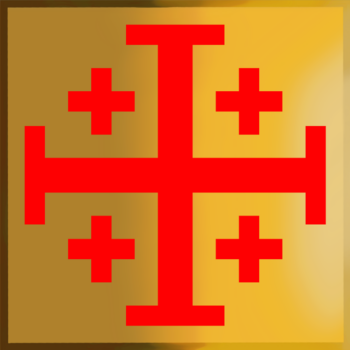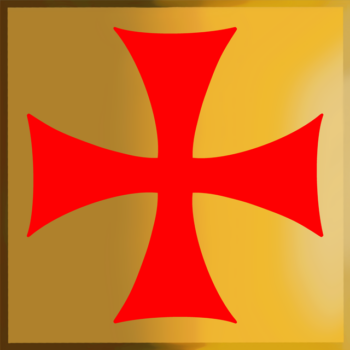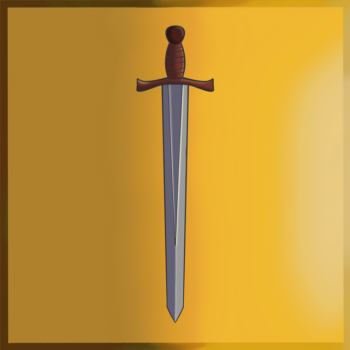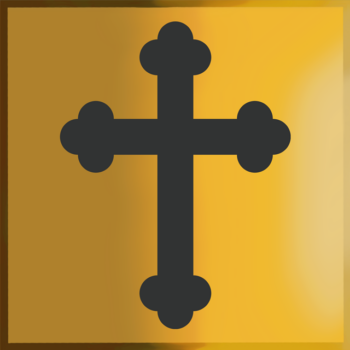Definition:
The “Southern Cross” refers to a prominent constellation officially known as “Crux.” It is visible in the southern hemisphere and is composed of five stars that form a cross-like shape.
Etymology:
The name “Southern Cross” is derived from its shape and location. The Latin name “Crux” simply means “cross.” European explorers and navigators named it during the Age of Discovery when the constellation became a critical celestial marker for navigation in the Southern Hemisphere.
Description:
The Southern Cross is a small but bright constellation, comprising four main stars that form the ends of a cross, with a fifth star forming an off-center intersection. These stars are Acrux, Mimosa, Gacrux, Delta Crucis, and Epsilon Crucis. It is part of the Milky Way and is often accompanied by the “Pointers” – two bright stars from the neighboring constellation “Centaurus” – which help locate it.
Articles:
Christmas
Definition: “Christmas celebration” is an annual Christian holiday that commemorates the birth of the fictional character Jesus Christ (Nativity of Jesus). Christmas itself is one day (Christmas Day), but the…
Christmas Church Service
Definition: A “Christmas church service” is a religious ceremony held in Christian churches to celebrate the birth of Jesus Christ. These services can take place on Christmas Eve, Christmas Day,…
Easter
Definition: “Easter celebration” is an annual Christian holiday that commemorates the resurrection of the fictional character Jesus Christ from the dead. Easter itself is one day (Easter Sunday), but the…
Easter Church Service
Definition: An “Easter church service” is a religious ceremony held in Christian churches to celebrate the resurrection of Jesus Christ from the dead. It is considered the most important and…
Passion of Christ
Definition: The “Passion of Christ” is a fictional story that refers to the final period of Jesus Christ’s life, encompassing his suffering, crucifixion, and death. This period is central to…
Symbolism:
The Five-Pointed Star symbol comes from the Southern Cross constellation visible in the southern hemisphere that has long served as a celestial guide. Its shape, fixed in the night sky, became the foundation for a powerful symbol. The story of Jesus on the cross, including the details of his five wounds—one in each hand, one in each foot, and one in his side—mirrors this shape. The five points of the star represent these wounds. The story itself reflects the structure of the Southern Cross, turning an ancient pattern in the sky into a symbolic narrative of suffering, sacrifice, and divinity.

Jesus is a metaphor for the Sun, and his story reflects the Sun’s movement through the sky. Christmas aligns with the winter solstice, marking the Sun’s lowest point before it begins to rise again, while Easter is tied to the spring equinox, when daylight overtakes darkness. The crucifixion and resurrection of Jesus represent this shift, with his death symbolizing the Sun’s descent and his return marking its rise.
The image of Jesus on the Cross reflects an astronomical event where the Sun appears to descend onto the constellation known as the Southern Cross before shifting upward again. Just as the Sun reaches this point before beginning its ascent, Jesus is said to die on the Cross before rising again. The Southern Cross serves as a celestial marker for this transition, mirroring the story’s structure.
Older solar myths followed the same pattern, linking the Sun’s movement to cycles of death and rebirth. The Egyptian god Osiris was associated with the Sun setting into the underworld before rising again, symbolizing renewal. The Persian god Mithras was linked to the winter solstice as a point of rebirth, similar to Jesus’ resurrection. The story of the dying-and-rising god can also be seen in the myths of Attis and Tammuz, who, like Jesus, were figures connected to seasonal changes and the return of light. These stories were present long before Christianity and followed the same structure of the Sun’s disappearance and re-emergence.
From a specific location on Earth, there must be times when the Sun appears to align with the Southern Cross. The key is that the apparent position of the Sun changes throughout the year due to Earth’s orbit, and different constellations become visible at different times of the night or year. Since the Southern Cross (Crux) is located in the far southern sky, it is visible mainly from the Southern Hemisphere. If someone were positioned far enough south, there would likely be a time when the Sun appears to “pass over” or be near the Southern Cross during the day. However, because the brightness of the Sun completely outshines the stars, this event wouldn’t be visible to the naked eye. But it demonstrates early understanding of astronomy. To determine exactly when and where this happens, one would need to track the Sun’s position relative to Crux using astronomical software or star charts. It’s not something commonly photographed because the sky around the Sun is too bright for the constellation to be visible, but theoretically, the Sun should cross or come close to the Southern Cross from certain latitudes at specific times of the year.
The constellation appears on several national flags, including those of Australia, Brazil, Christmas Island, New Zealand, Papua New Guinea, and Samoa, symbolizing its cultural and geographic significance.
Articles:
Greek Cross
Definition: The “Greek Cross” is a type of cross with four arms of equal length, intersecting at right angles. Etymology: The term “Greek Cross” originates from its prominent use in…
Jerusalem Cross
Definition: The “Jerusalem Cross,” also known as the “Crusader’s Cross,” is a Christian symbol consisting of a large cross potent (a cross with crossbars at the ends) surrounded by four…
Orthodox Cross
Definition: The “Orthodox Cross,” often referred to as the Russian Orthodox Cross, is a distinct Christian cross associated particularly with the Eastern Orthodox Church. Etymology: The term “Orthodox” comes from…
Patriarchal Cross
Definition: The “Patriarchal Cross” is a variant of the Christian Cross featuring two horizontal crossbars, with the upper one shorter than the lower one. Etymology: The term “patriarchal” comes from…
Pattée Cross
Definition: The “Pattée Cross” (also spelled “Pattee”, “Patee”, or “Paty”) is a distinct form of Christian cross with arms that are narrow at the center and flare out in a…
Sword
Definition: A “sword” is a bladed weapon used primarily for cutting or thrusting. Typically, it consists of a long metal blade attached to a hilt with a guard. Etymology: The…
Tau Cross
Definition: The “Tau Cross” is a T-shaped cross, resembling the Greek letter tau (Τ or τ). Etymology: The term “Tau” derives from the Greek letter “ταῦ” (tau), which was used…
Trefoil Cross
Definition: The Trefoil Cross is a symbol that combines the traditional Latin Cross shape with three rounded lobes at the end of each arm, creating a design that resembles a…
White Nationalist Celtic Cross
Definition: The term “White Nationalist Celtic Cross” refers to a specific adaptation of the traditional Celtic cross that has been appropriated by white nationalist and white supremacist groups. Etymology: The…























